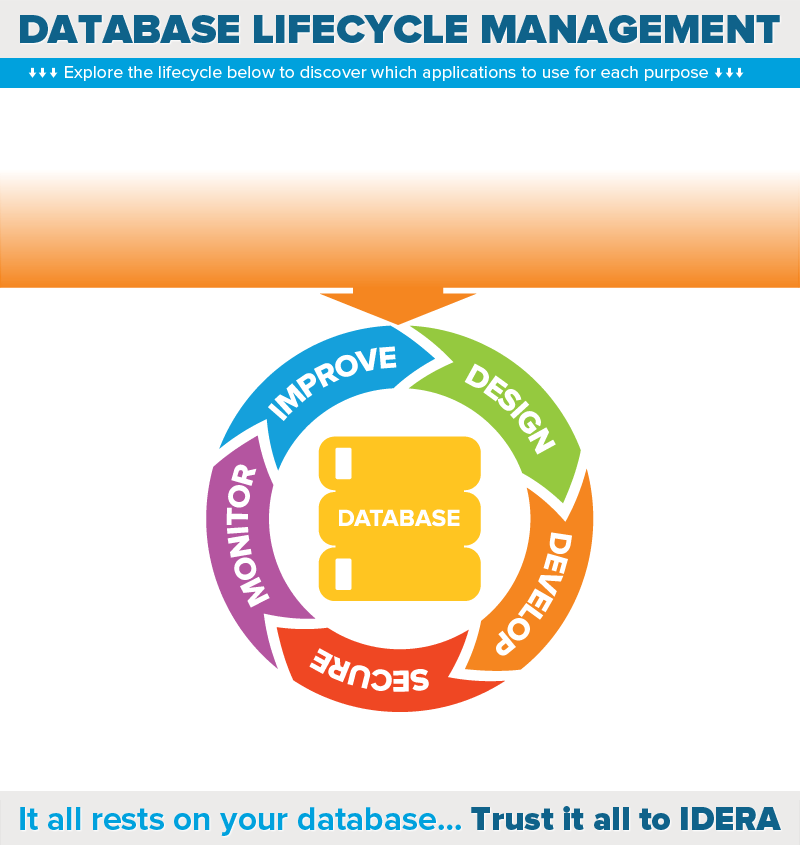Topics: Data Modeling, Data Governance
Products: ER/Studio Enterprise Team Edition, ER/Studio Data Architect
Model behavior: An Introduction to data models
Data models:
Database models:
-
A type of data model.
-
Determines a database’s logical structure.
-
Determines how data can be stored, organized, and manipulated.
A normalized relational database and normalized star schema are two of the
most common database models, each of which as its advantages.
Normalized relational database
Database normalization:
-
Process of structuring relational database.
-
Reduces data redundancy and improves data integrity.
-
Organizes columns or attributes in tables.
-
Enforces various data integrity constraints.
-
Must meet requirements for previous normalization level before next
level can be achieved.
Unnormalized data:
First normal form (1NF):
-
Requires primary key.
-
Requires all cells in tables to have single values.
-
Move attributes that could have multiple values to separate table.
-
Enforces various data integrity constraints.
-
Create primary key to connect new table to old table.
Second normal form (2NF)
Third normal form (3NF):
Star schema:
-
Post-relational data model.
-
More generalized data model than relational data model.
-
Most common data model in data warehouses.
-
Unnormalized data.
-
Consists of at least one fact table that references any number of
dimension tables.
Fact table:
-
Records measurements for specific events.
-
Usually consists of numeric values and foreign key.
-
Foreign key links to dimensional table containing descriptive
information for numeric values.
-
Records measurements at low level of detail or granularity.
-
Results in accumulation of many records over time.
-
Three types: Transaction, snapshot, and accumulating snapshot fact
tables.
Dimension table:
-
Has smaller number of records compared to fact table
-
Number of attributes in their records can be very large.
-
Defines many types of dimensions:
Time: (most common) Describe time at which events are recorded in
fact table.
Range: Describe range of measurable quantities to simplify
reporting.
Other: Tables for employees, geography, and products.
Comparison:
Advantages of normalized relational database versus star schema:
-
Strictly reinforces data integrity to prevent anomalies like
one-off inserts and updates.
-
Greater flexibility in performing analytical tasks if they follow
database model’s business logic.
-
More easily supports many-to-many relationships between business
entities.
Benefits of star schema versus normalized relational database:
Simpler reporting logic, especially as-of and period-over-period reporting.
Simpler join-logic:
-
Improves performance on read-only operations like reporting and
queries.
-
Improves performance of aggregration operations.
-
Efficiently build proprietary cubs for online analytical processing
(OLAP) systems.

